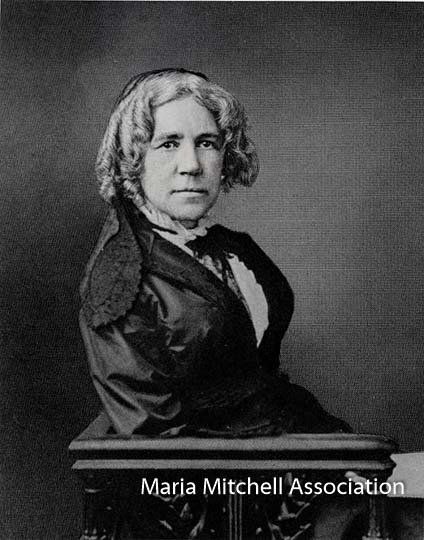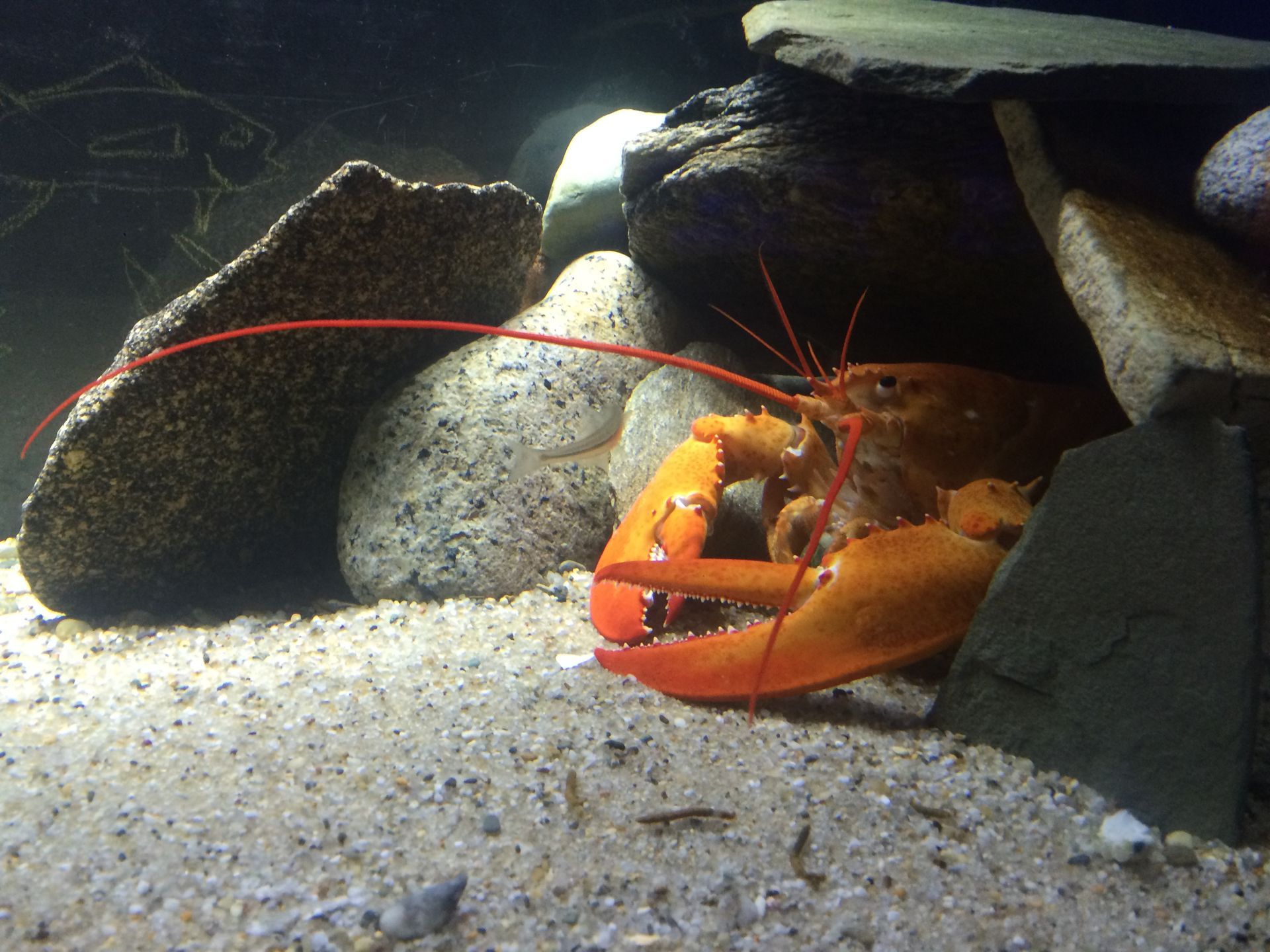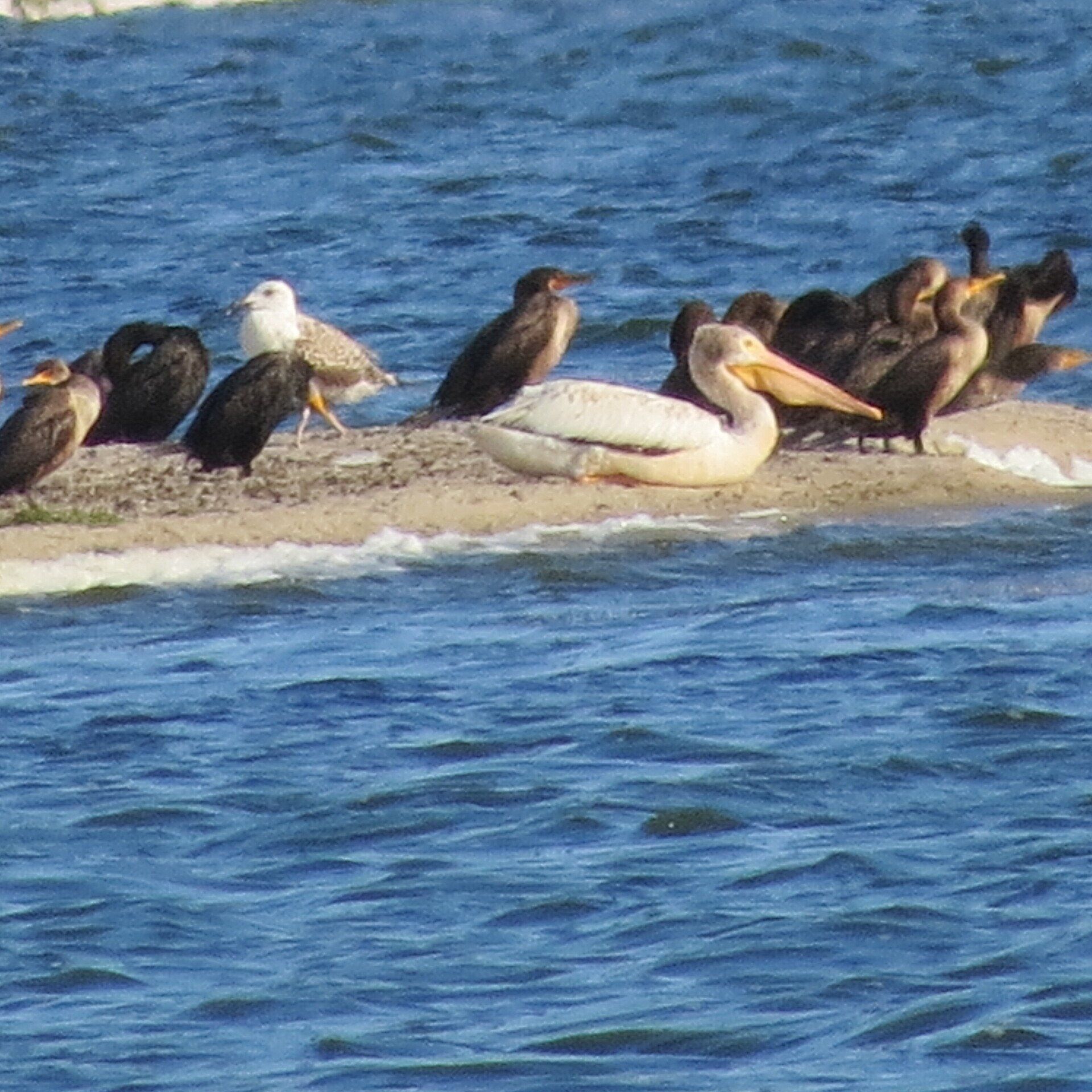Keep Calm and Bird On: October 2021
“If you don’t look, you don’t see. You have to go and look.”
-Edith Andrews
The bird picture begins to shift faster in October, like a seasonal kaleidoscope. Winter ducks of pond and sea start to arrive: Wigeon, Canvasbacks, Redheads. scaup, scoters, mergansers.
Summer residents like Snowy and Great Egrets are getting more restless, gathering into flocks, rising up out of marshes, circling, and sinking back down again. Preparing. There is a term for it: zugunruhe, literally, “the urge to travel.” Snowys leave first, while Great Egrets may linger on.
It is always worth looking closely at Snowy Egrets in the fall. Immature Little Blue Herons are about the same size, and still in their juvie immature white plumage. They are best recognized by their grey lores, the area between the base of the bill and the eye, and greenish legs.
It’s always worth studying birds closely anyway, if possible. We never know what might show up, “accidentally.” A rare bird is one that’s unusual, but not unprecedented.
An “accidental” is one that has been seen less than five times in 50 years. Just last month, an American White Pelican (see above) landed here for the fourth time, after an 11-year gap. Migratory, common in the west, it’s not necessarily lost, just more adventurous, perhaps.
So, enjoy the expected seasonal returns, but be prepared for the unexpected. Fall is the best time for rarities and accidentals. Records are made on Nantucket. But in such cases, documentation is essential. The more extraordinary the record, the more extraordinary the documentation required. A bad photo is always preferable to no photo, and often, without a photo, officially, it just didn’t happen. The moral of that is, be brave—but take pictures.
Recent Posts





